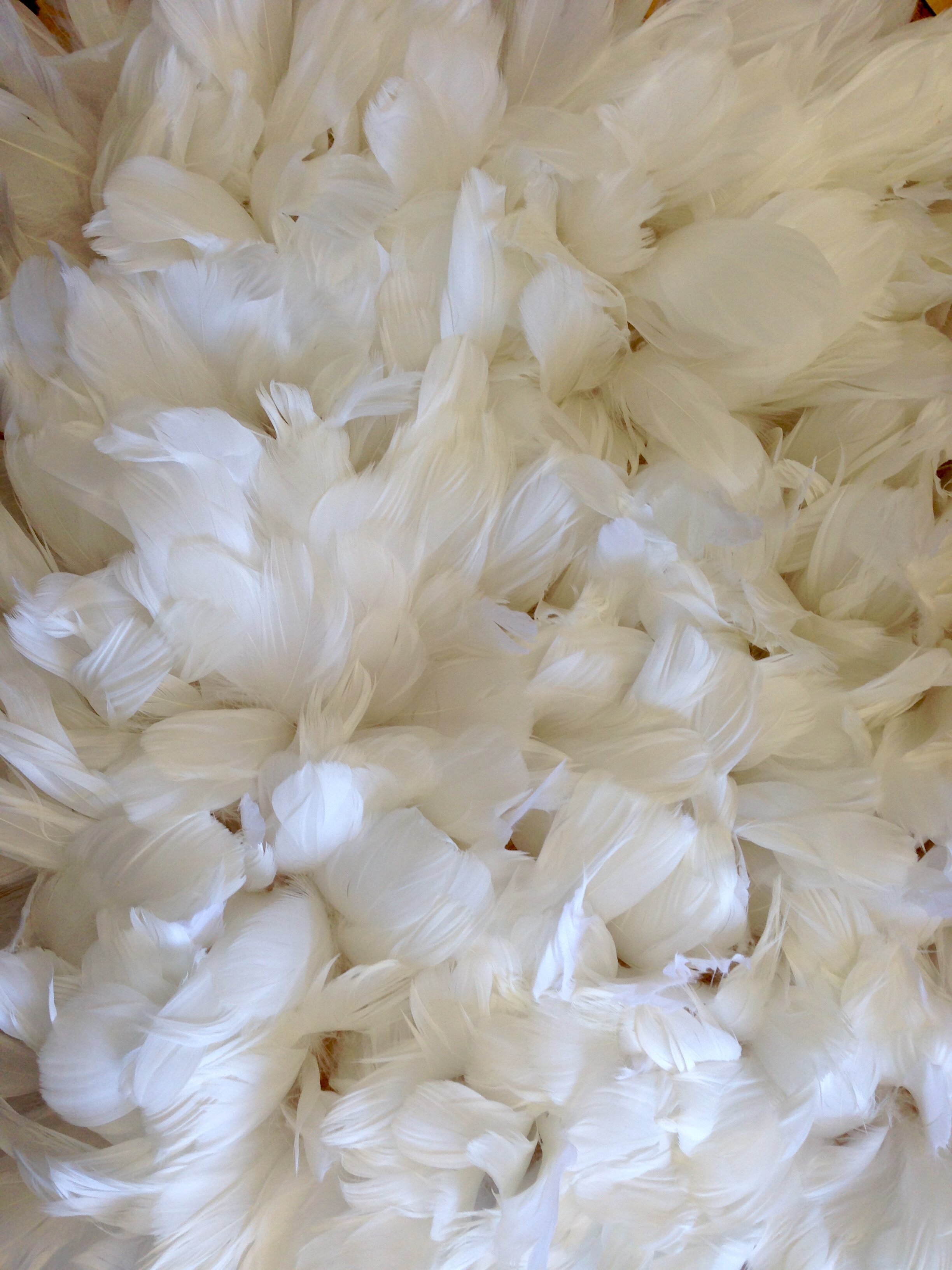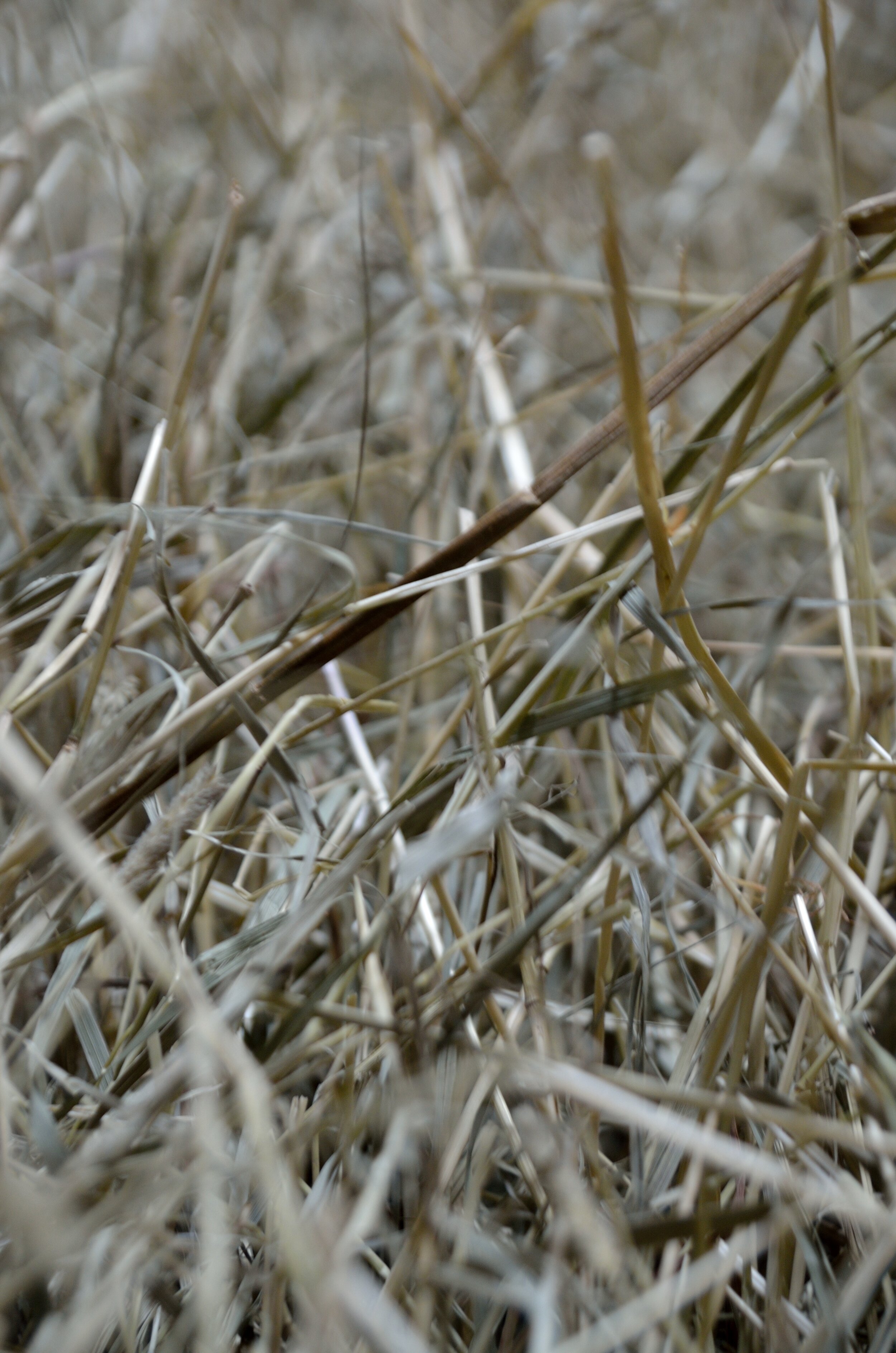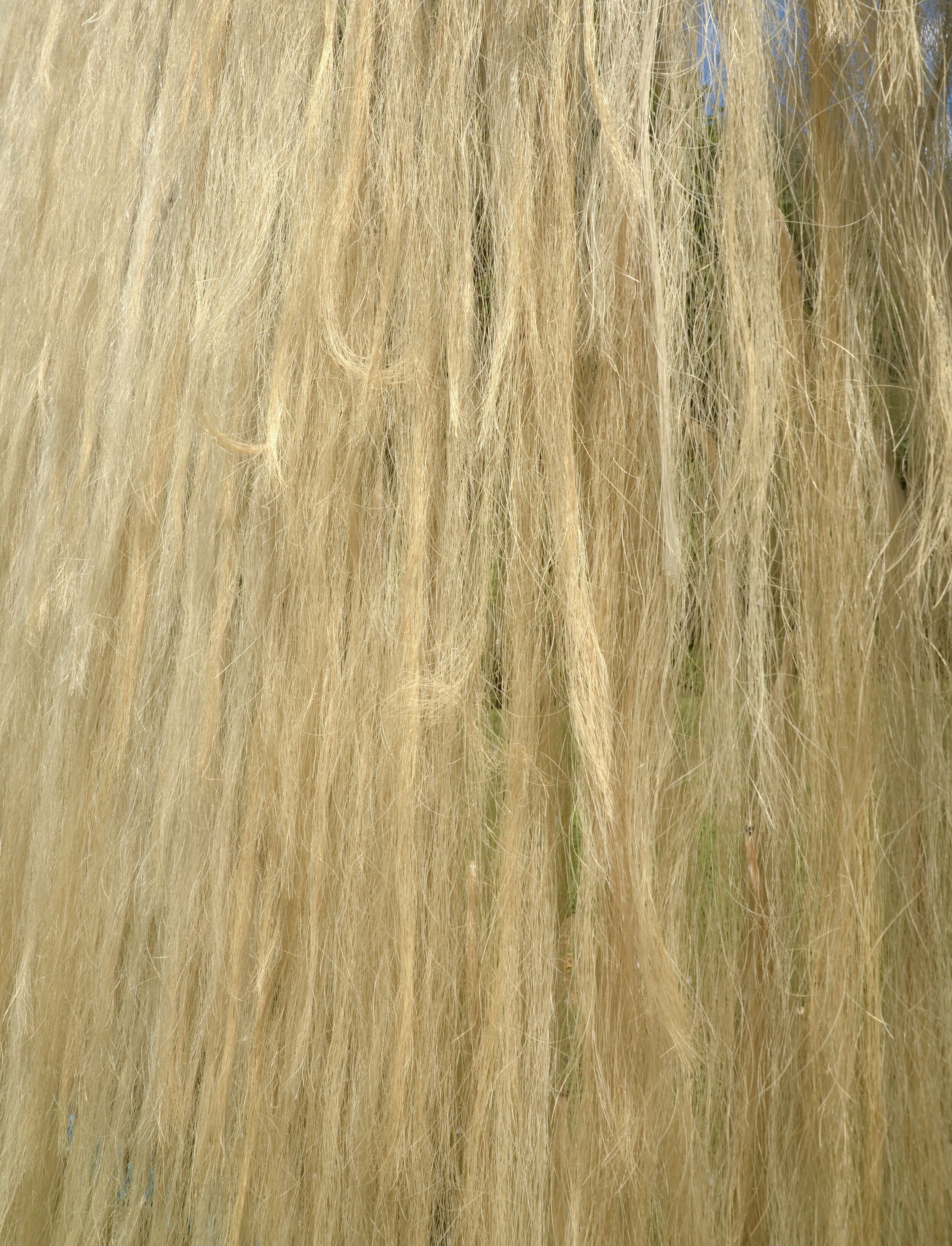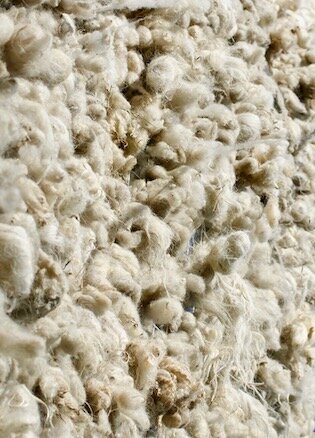In an effort to consolidate all my news into one place I will be discontinuing writing a blog on the website. Please follow the studio through the following social media platforms. Here you will find reviews, upcoming events and exhibitions, interns and progress of new explorations in the studio. Thanks for your support!
Video of exhibition at The Mount
Here is a video of the SculptureNow exhibition at The Mount where I have the site specific piece Stall
Stall is picked as a favorite by Executive Director of The Mount
For your listening pleasure, the Roundtable on WAMC talks about sculpture at The Mount this year, with Ann Jon, Executive Director of SculptureNow and Susan Wissler, Executive Director at Edith Wharton’s The Mount. "Stall" gets a shout out from Susan, for which I am grateful.
http://wamc.org/post/summer-lectures-and-sculpturenow-mount
Process of Making Stall
Here is a short video of the making of Stall with Ethan Tischler
New Sculpture in the News in the Berkshires
Photo by Ann Jon. "Logan Williams peers through the horsehairs of Nancy Winship Milliken's site specific sculpture, "Stall," currently on display through SculptureNow at The Mount in Lenox. The group does special sensory sculpture tours for people who are blind and visually impaired, including kids like Williams."
In The Berkshire Eagle: Touch the art: Program brings blind students to get to know sculpture at The Mount
Climate Justice
I am honored to have been chosen to be a community scholar for an Economics for the Anthropocene climate justice cohort. This group is comprised of economic phd students from York University in Toronto, ON, McGill in Montreal, QC, and University of Vermont in Burlington, VT. Recently we spent two weeks in a Climate Justice workshop which is reflected below in an excerpt from email I sent to my husband.
Looking north at chemical plants and refineries from Aamjiwnaang First Nations Community (Sarnia) near Lake Ontario, while on a Toxic Tour led by Beze and Vanessa Gray
Here in Toronto I have been learning about indigenous ways, practices, and injustices done to their people and land as well as the big finance of oil, the data for climate change, the work of activists, reform in city council, the immigration and migration of displaced people and culture due to water and food scarcity or rise of the seas. The north’s environmental debt to the south, and on and on. It has been a brutal two weeks. Long days of intense discussion and data. I am blessed to be here. I delivered my talk yesterday about creating change, pushing their (the student’s) papers and work out of the scientific debate realm and to the people who need to hear it....how to reach out. And of course that stems from art, poetry, dance, theater and visual art. I will do a webinar about it and there will be a book published from the collective papers submitted from the group. It will take a few weeks to absorb and process all that we have been discussing and learning, but I am emboldened to keep doing the type of work I am doing. The day after we took a toxic tour of a chemical plant and oil refinery near Aamjiwnang First Nation (Sarnia) and witnessed the devastation to the land, the air and waters as well as the peoples whose land it is on, we learned about trump’s decision to pull out of the Paris agreement, a surreal silent moment followed by outrage in the classroom.
Milking Print




Today at Bread and Butter Farm in Shelburne, VT we got a print of milking, thanks to Farmer Henry. Earth pigment was covered with canvas and when the herd came in and took their place at the stanchions, Greenbay walked onto the canvas and we got a print of the milking activity. First of many, a learning process!
New Residency at Bread and Butter Farm for 2017
I am pleased to announce that a new 2017 studio residency will be happening at Bread and Butter Farm in Shelburne, Vermont.
Corie Pierce, co-owner of Bread and Butter Farm
This year Nancy Winship Milliken Studio will be in residency at Bread and Butter Farm in Shelburne Vermont. A small organic CSA farm attracts hundreds of visitors for their Friday burger night is also home for Music for Sprouts, owned by Chris Dorman, a music and movement class for children and their families, Henry’s dairy (Henry Cammack), winter greens CSA and a wonderful Blank Page Cafe run by Mike Proia, where you can get Mike’s delicious butter coffees, baked goods and food for dinner from several local farms.
Winter is a wonderful time to ruminate and research ideas for responding to the character and materials of the landscape on this 143 acre organic small farm. I look forward to what grows from this collaboration.
If you are interested in interning and working with Nancy on this environmental art project please contact, nancy@nancymilliken.com. No artistic skills necessary, environmental students welcome.
A Year in Review
I am a grateful artist and thank all of you for your support. I love the people I meet, on the farms, from the schools, and on the exhibition circuit. Click on the 2016 below to see a year in review.
http://us6.campaign-archive2.com/?u=a0631cc6270ebc2ce14dd2517&id=27e77541b3
Refueling the Tanks (an adventure in relief)
Every now and again an artist needs to refuel the tanks. One can take time to reflect and let the mind wander. Or, one can also stimulate ideas by visiting museums and galleries and in my case, caves.
Recently I took a trip to the south of France to visit pre-historic cave art. My desire to bring authenticity and primal feeling to my work is rooted in being attracted to the beauty in raw materials. There, underground in a cave, listening to stalactites dripping while witnessing art that was made over 14,000 years ago, that primal feeling was palpable for me. While one can only speculate why the art was made (was it for story, spiritual, ritual, or something we don't have the ability to understand?), I was in authentic 'refueling the tanks' heaven.
Of particular interest for me were the animals carved as relief on the walls of the cave, sometimes using the natural form of the cave to create the animal (a natural relief). We could not take images inside the caves, but here, an image from a book, just to give you an idea.
from Cap-Blanc
Now, I couldn't go all the way over to France without a stop at the Louvre and of course, the newly opened Rodin Museum. Here I refueled on every nuance of sculpture, but today, I will reflect on reliefs in comparison to the caves we experienced. And at the bottom, just to relate it to the work from Nancy Winship Milliken Studio, some past and recent relief work.
First, at the Louvre
And then Rodin
Rodin sketching
From the studio, here is a sunken relief made this summer from Vermont soil
and a performance high relief made in 2010
I am excited to see where the refueling will take the work, but for now, I am immersed in dark cave dreams.
Summer 2016
This summer it was all about understanding the community of farm and what that means for The Clemmons Family Farm in Charlotte, Vermont. Watch this short video about the work we did this summer with interns from Mass College of Art and Design and University of Vermont.
Pinch me
I get lost in the textures and colors of our fields, my office. Join me.
Interns This Summer!
Incredible first week at the Clemmons Family Farm making environmental art in response to the earth and fields around us. Welcome University of Vermont interns Cullen Hairston, Phoebe Tucker, Gabrielle Rosenbacher, Dory Sumners and Mass College of Art intern Chloe Dubois.
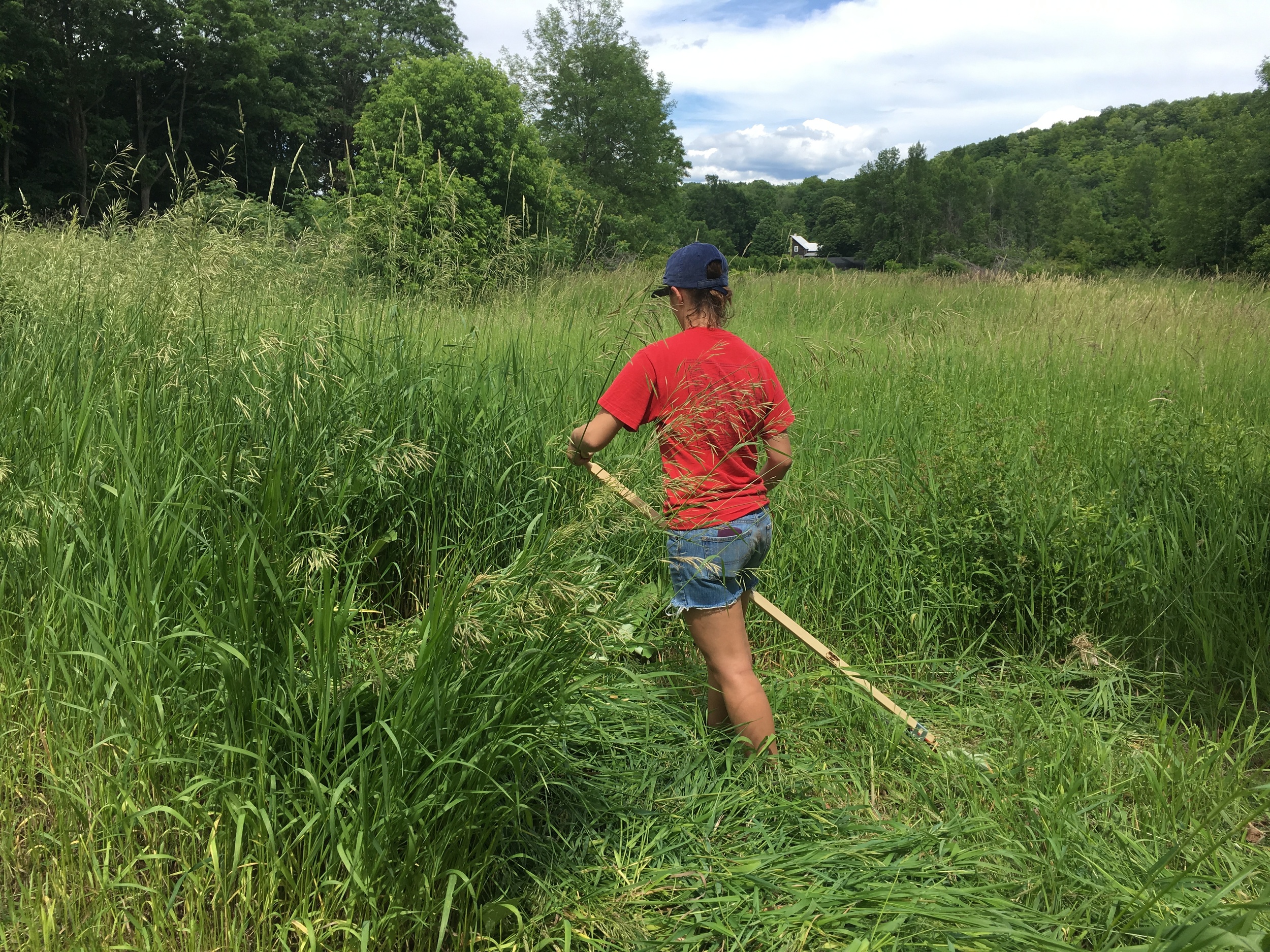
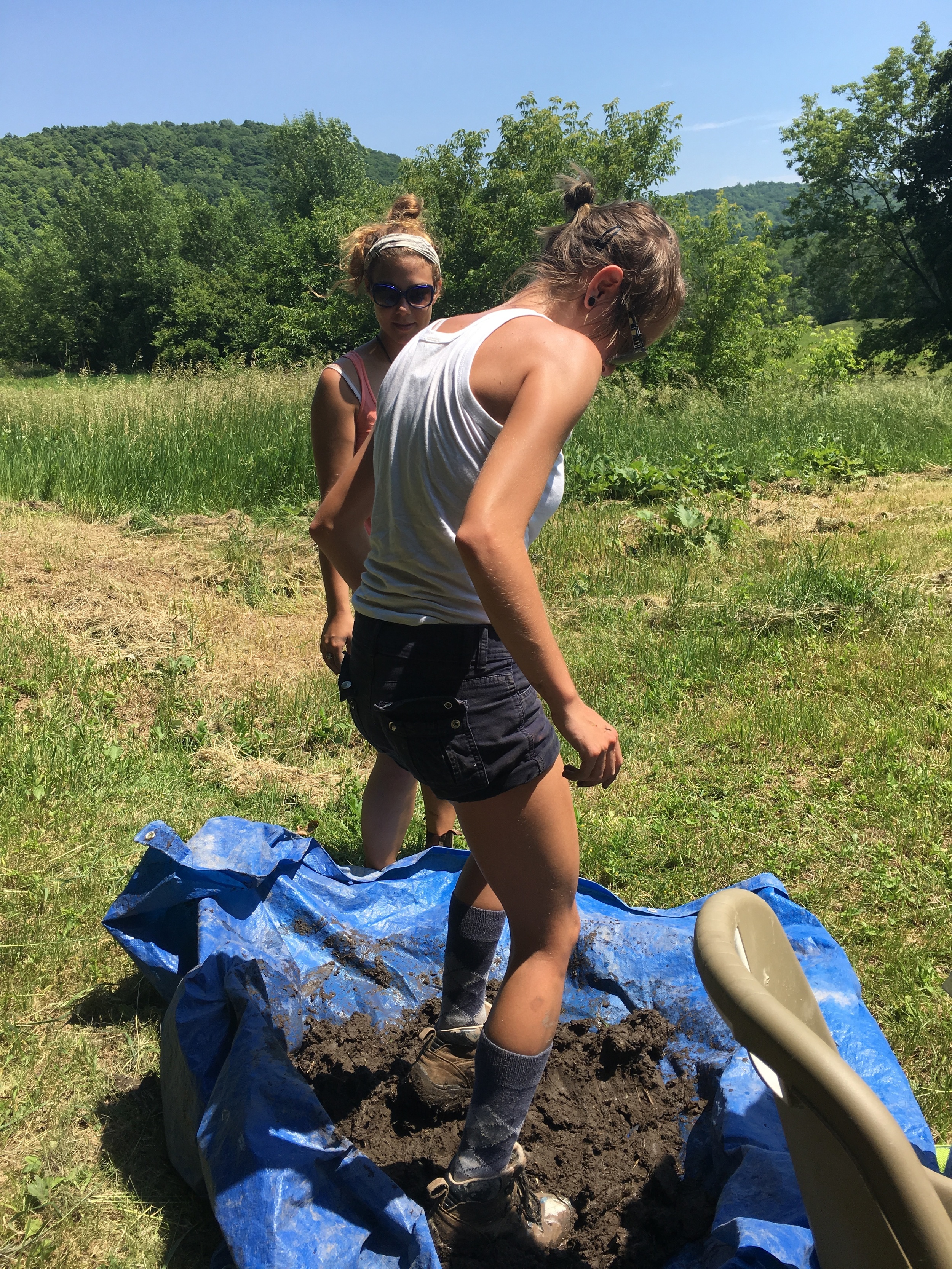

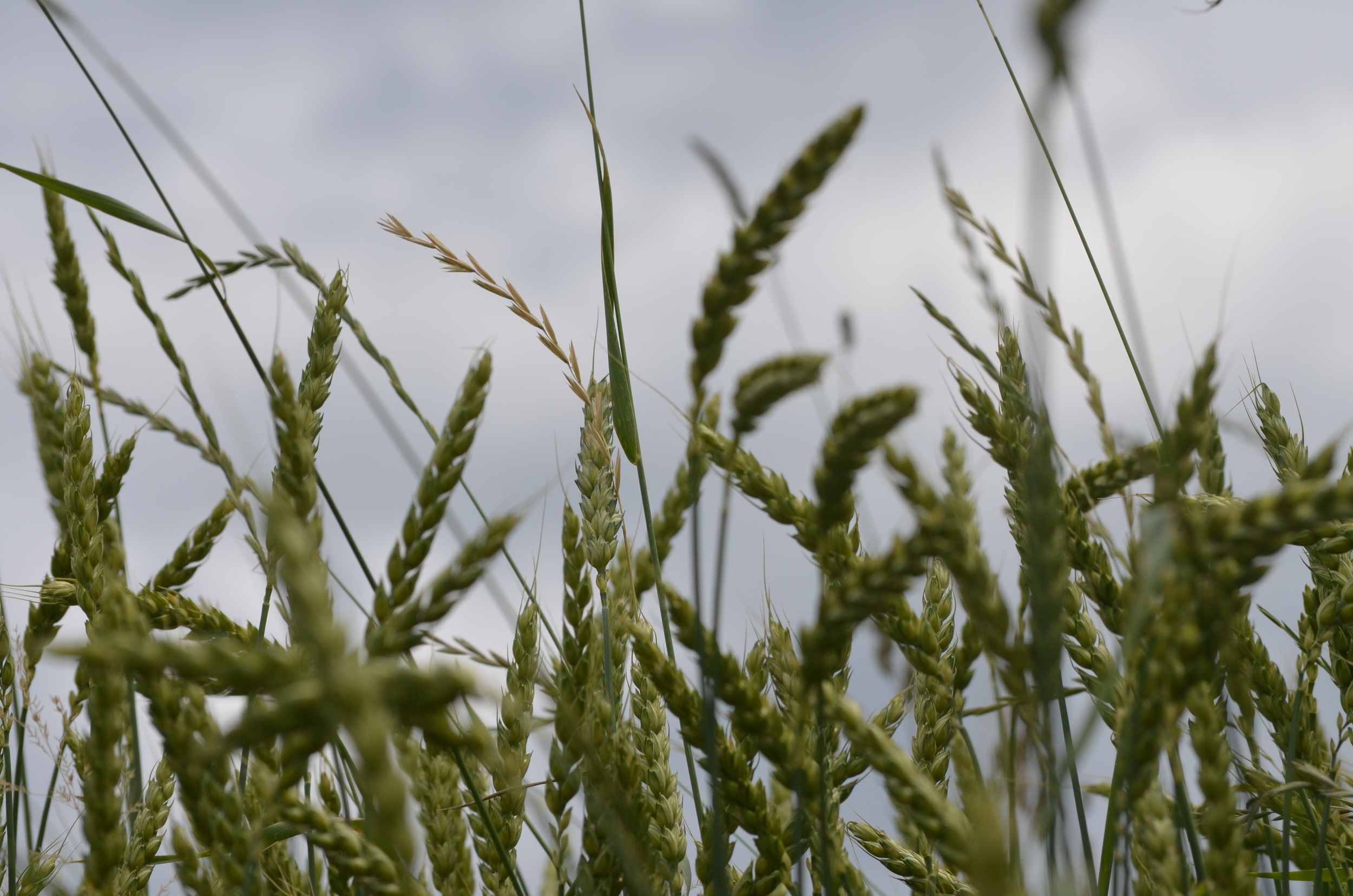
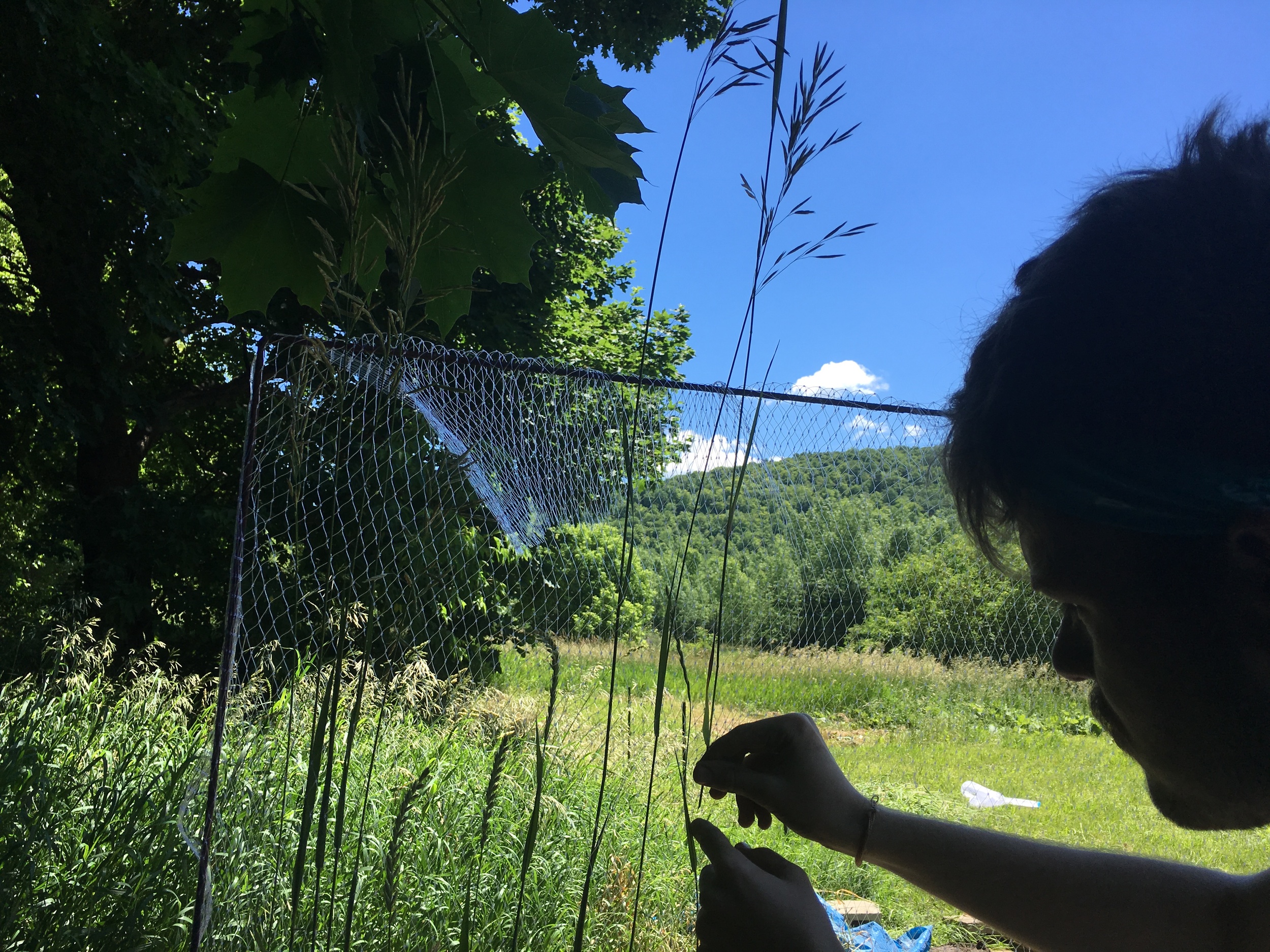
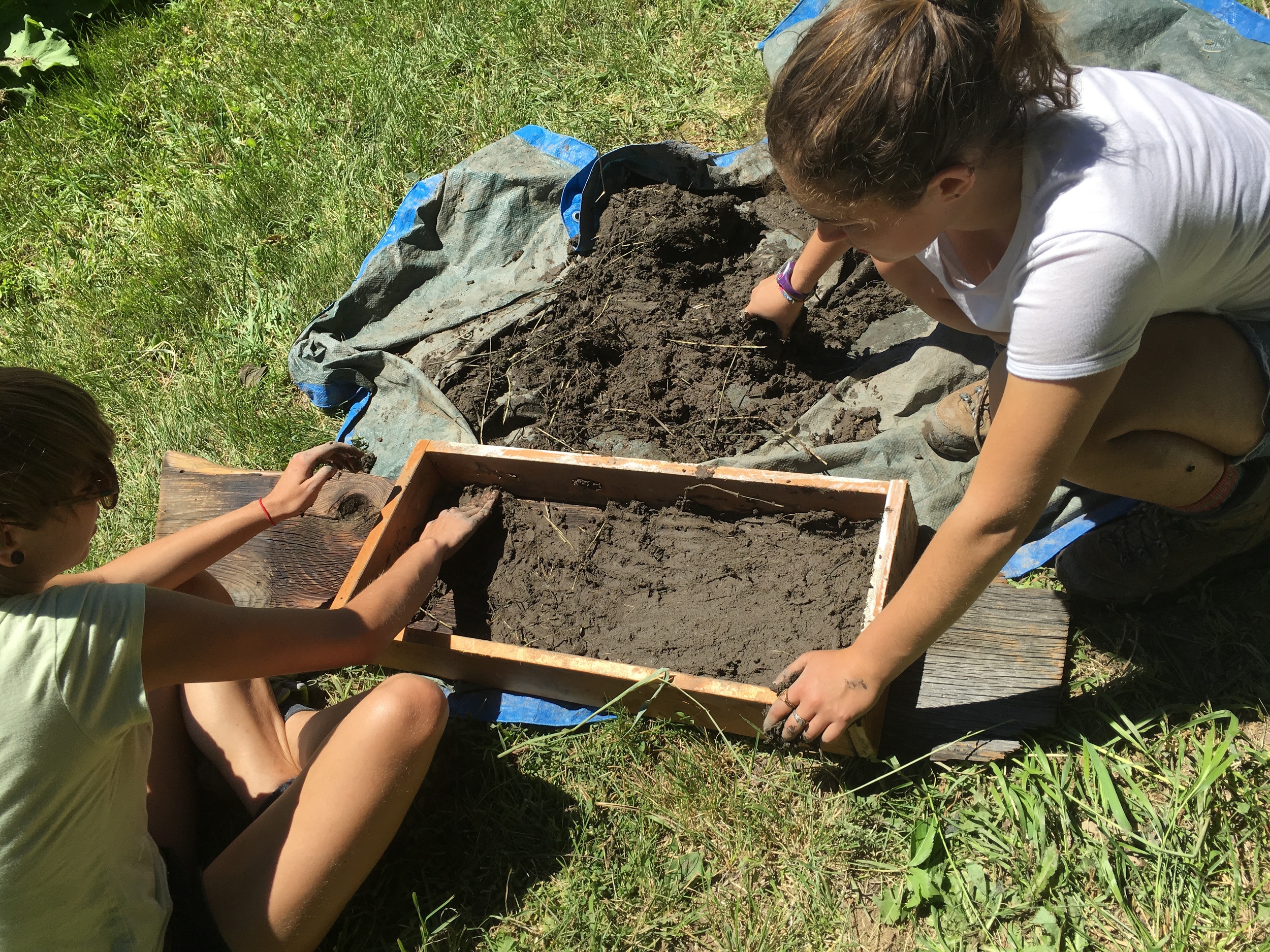
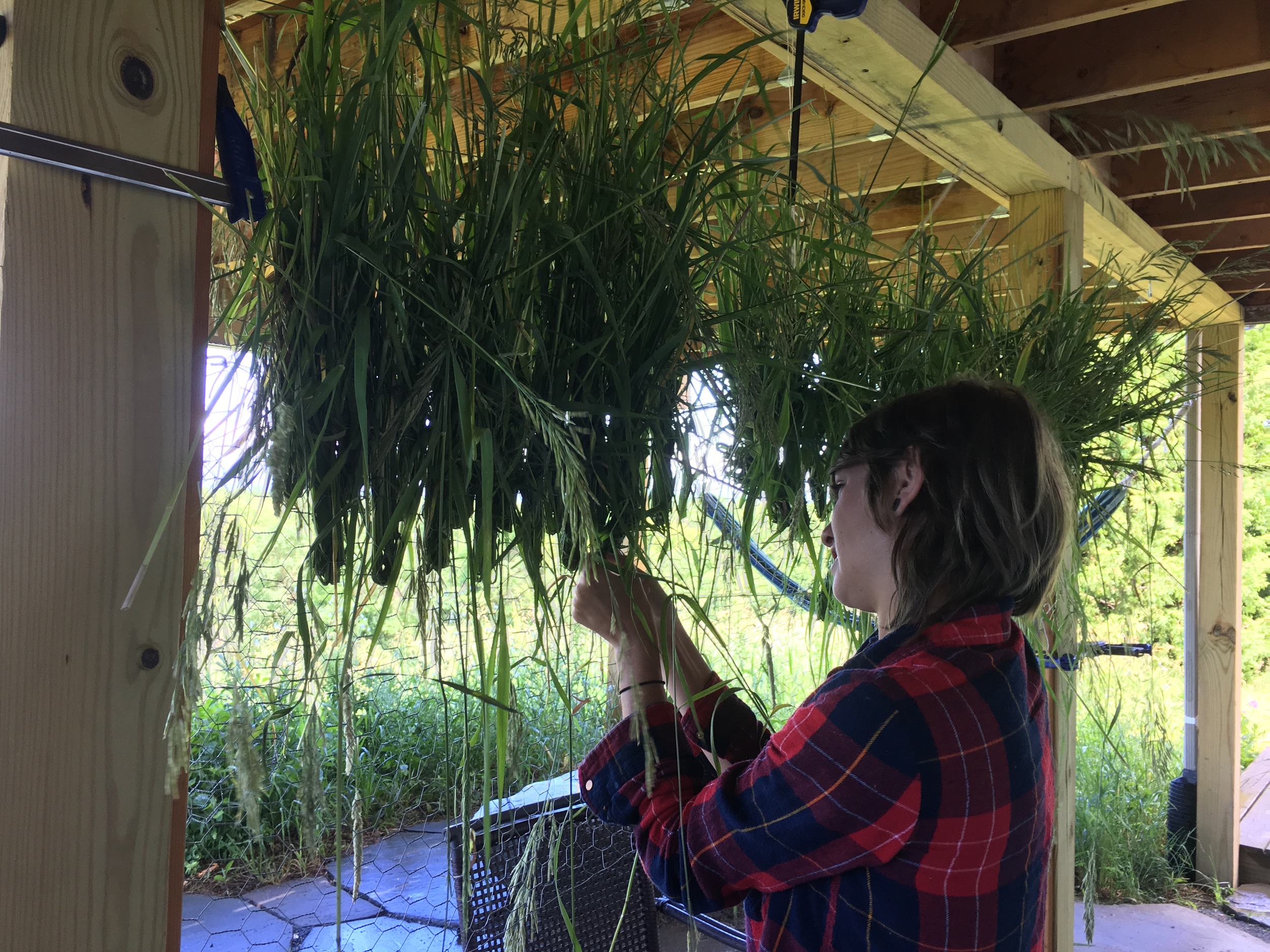
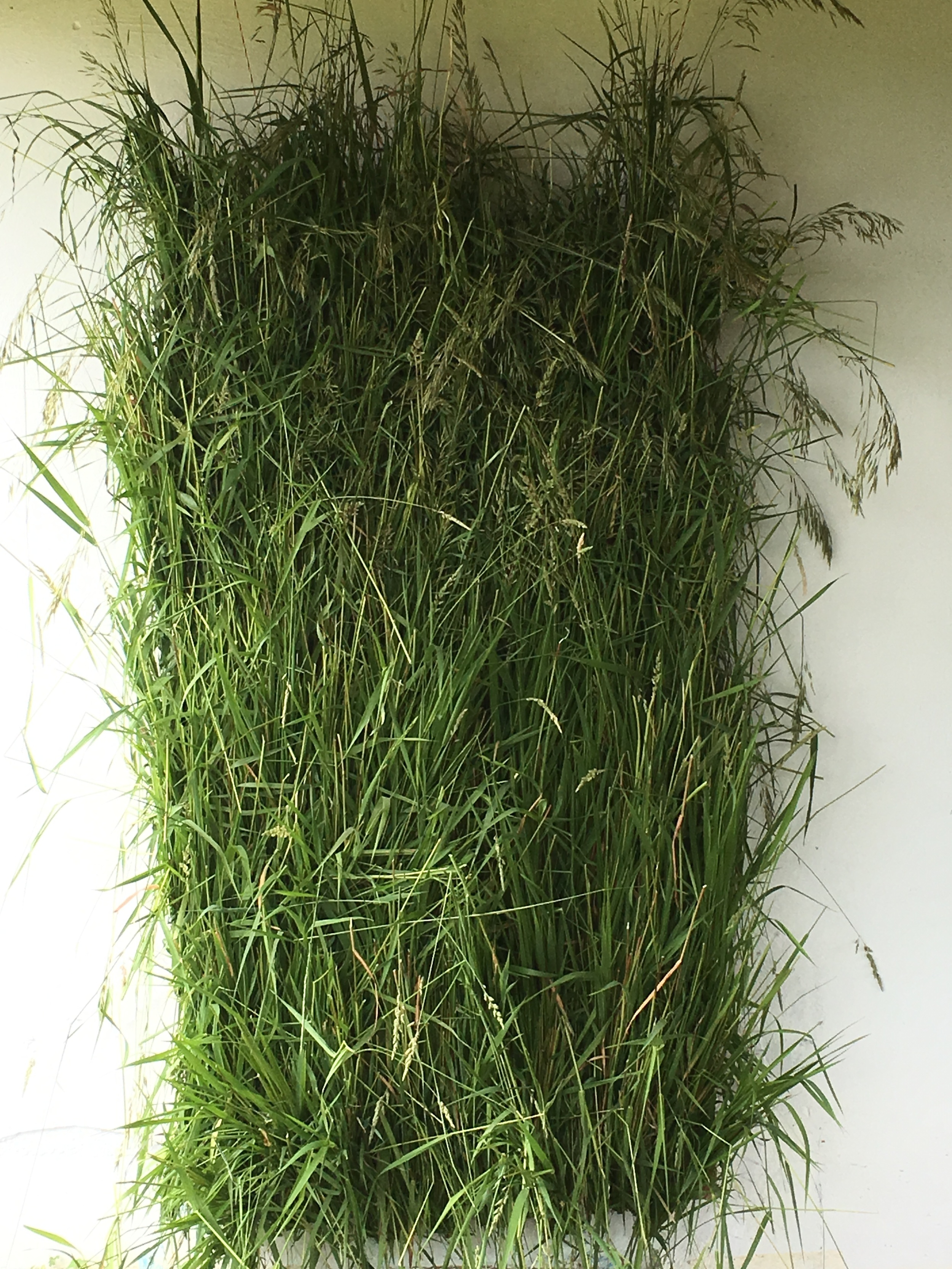


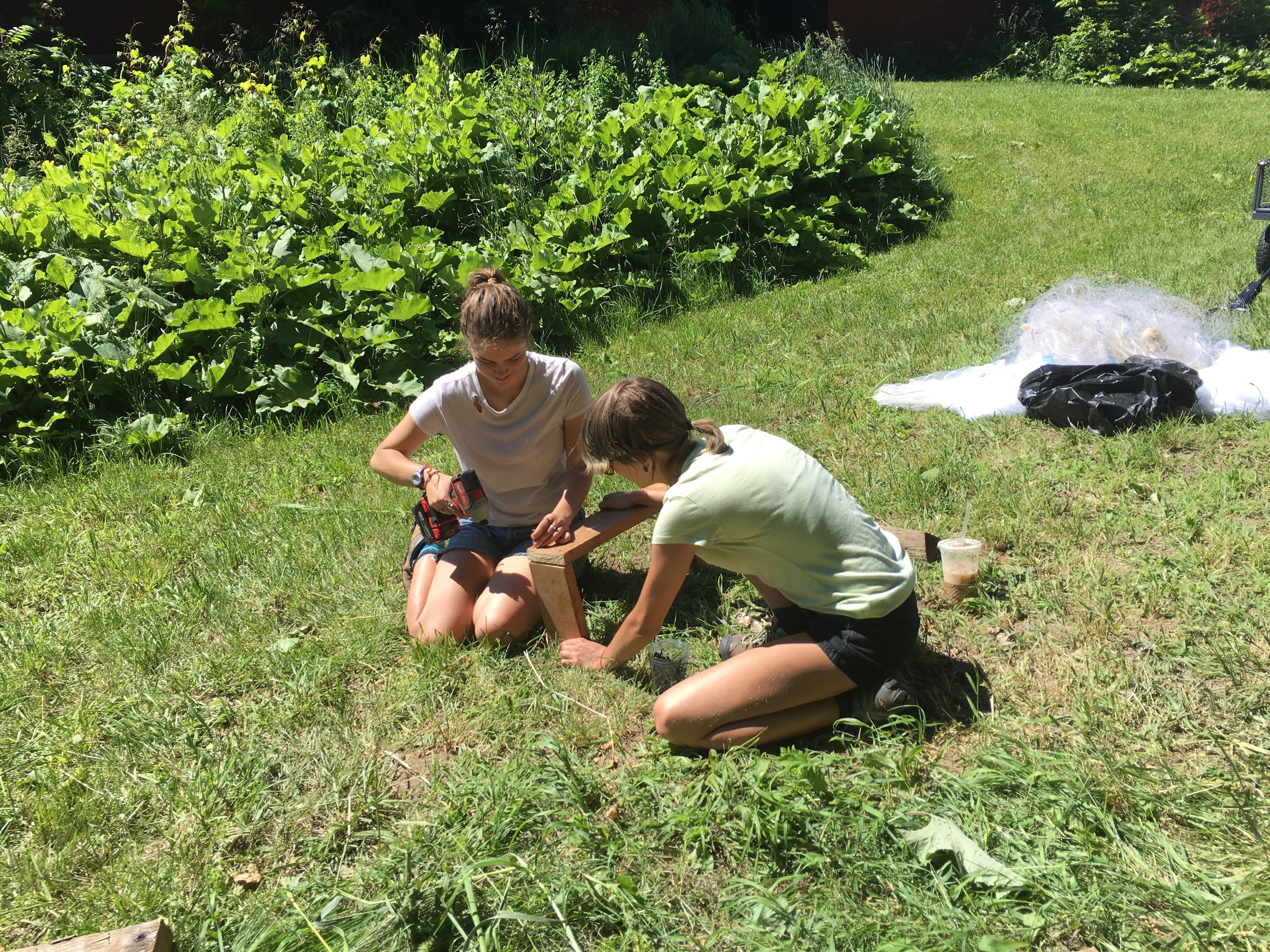
welcome interns!
Five wonderful new college interns from my two alma maters, University of Vermont and Massachusetts College of Art and Design, are working with the studio this summer at Clemmons Family Farm in Charlotte, VT. Some are Environmental students and some art majors. Welcome Gabrielle Rosenbacher, Phoebe Tucker, Cullen Hairston, Dory Sumner and Chloe Dubois.

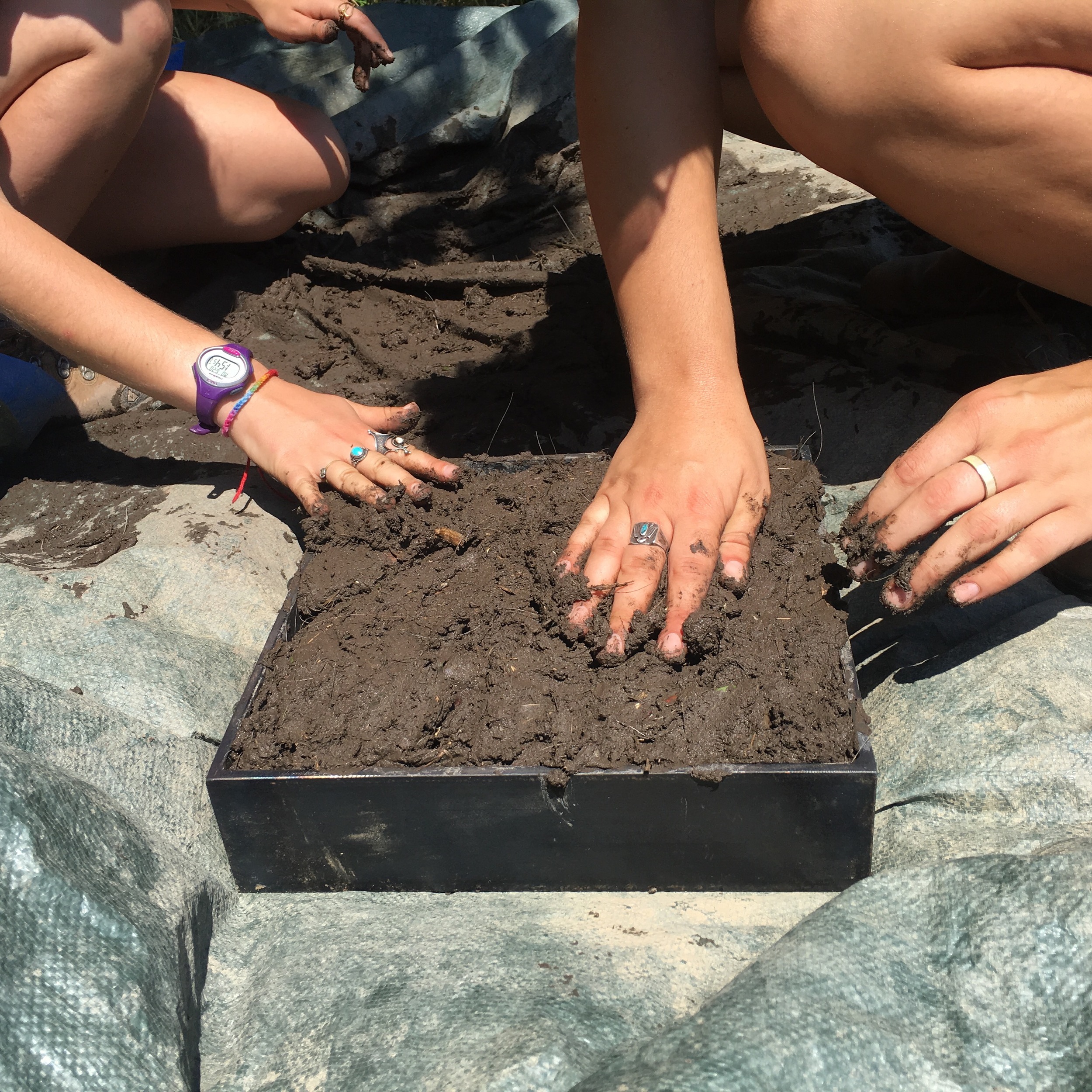
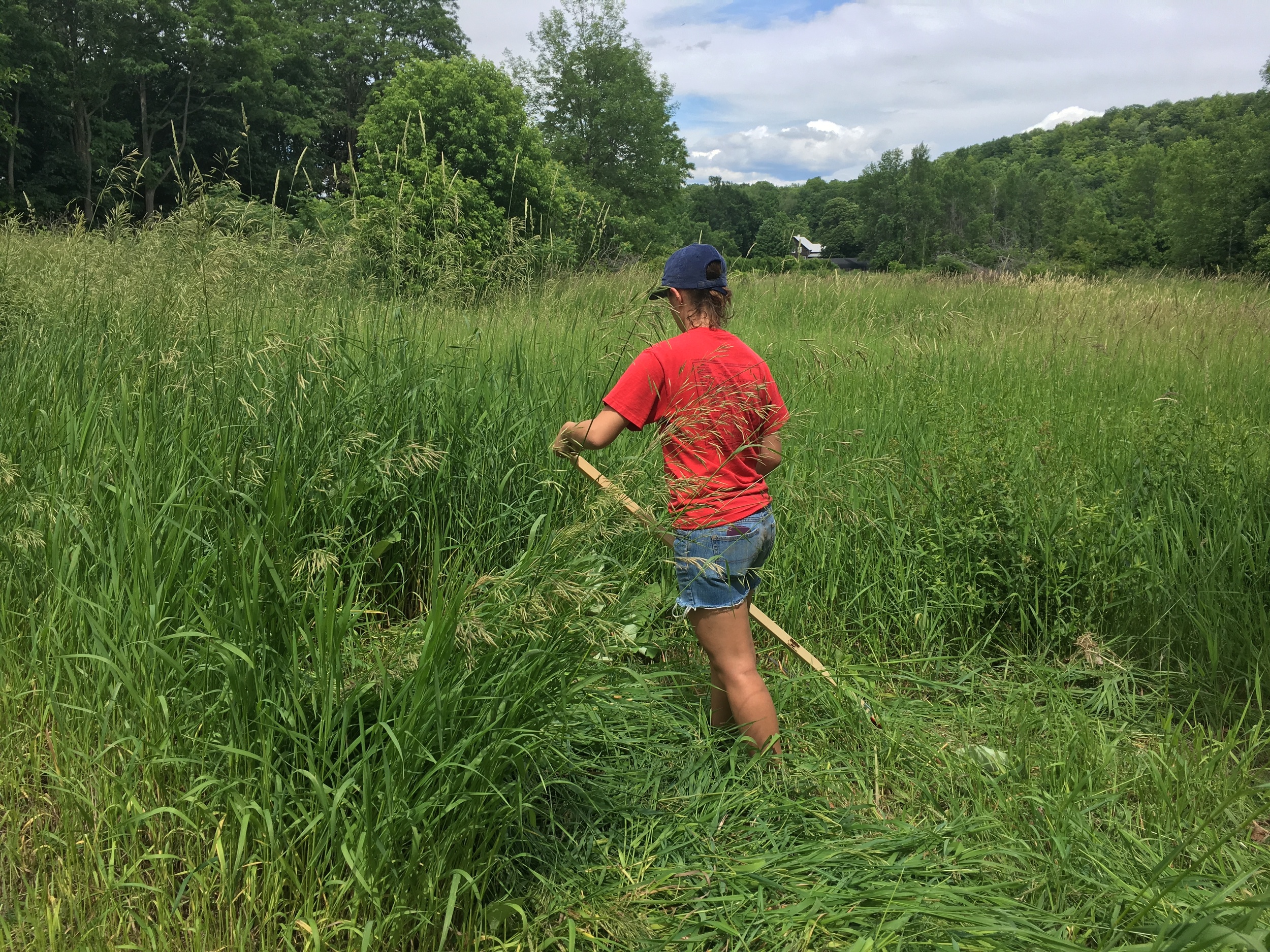

News from the Studio, April 2016
Four new installations in Brookline, MA
The studio has been working on an exciting new project for Brookline Climate Week. Four installations are up in four different locations, around Brookline, until April 4th. This collaborative project has been a great tangent to the large environmental work we have been doing, and gave a venue for new experimental work. The ideas and collaborators are expansive for this project, starting with Mary Dewart, an early adapter, climate change activist, who donned the hat of curator, resilient problem solver, and collaborator of ideas. Writer Alan Weisman provided valuable support from research to editing, Brookline Poet Laureate Judith Steinbergh, kindly offered her poem THE ORIGIN of CABBAGE, to be a diptych with one of the images, the poem is a beautiful tribute to the love of earth. Lastly, I collaborated with incredible mask maker and sculptor, Beckie Kravetz, who I met while creating set at Double Edge Theatre. The installation that we created together, Carrying Capacity, was a lesson in different creative methods and process, a treat for any artist.
Carrying Capacity
As we add a million more humans every 4.2 days, our demands for food, shelter, goods, mobility, and energy exceed the carrying capacities of both our atmosphere and our planet. The squashed Earth can barely support this ghostly figure, weighed down by the spilling mass of people and looking wistfully at the viewer, imploring an answer.
Beckie Kravitz and Nancy Winship Milliken, Carrying Capacity, 2016
Cataloging Knowledge
The old reliables displayed here — soil, compostables, honey, and potable water — may become future artifacts, as each is vulnerable to climate change. The plastic containing them, derived from fossil fuel and requiring vast amounts of energy and chemistry in its manufacture, is a principal driver of that change.
Nancy Winship Milliken, Cataloging Knowledge (outside image), 2016
What Once Was, Could Be
An intimate knowledge of where food comes from was once part of everyone’s life. Here, peasants picking up the last grains of wheat after a harvest, from Jean-Francois Millet’s 1857 painting The Gleaners, are superimposed on Brookline’s Coolidge Corners Greenline. Like pavement, plastic that our food now arrives in, distances us even further from our planet. Remembering the real source of our nourishment is crucial to understanding why we must care for the Earth now.
Nancy Winship Milliken, What Once Was, Could Be, 2016
What Once Was, Could Be II
Jean-François Millet’s (French, 1814–1875) Potato Planters have been transported to Brookline’s Coolidge Corner and paired with Brookline Poet Laureate Judith Steinbergh’s poem THE ORIGINS of CABBAGE. Each reminds us of the earthen source of the essentials of life, and why defending our planet means protecting ourselves.
What Once Was, Could Be, II, 2016 is paired with THE ORIGIN of CABBAGE, by Judith Steinbergh, below
THE ORIGIN of CABBAGE
I drove over to Buzzels for some fresh corn and there
was a cabbage so big and healthy looking, I had to buy it,
75¢ and it weighed probably six pounds easy. I don't
even like cabbage but this one made you want to like it,
pale green and shiny like someone had just polished it,
and veins like on the forearm of a construction worker,
it seemed like just one leaf, the outer one, had built
a whole town with no help, the outer edge of this outer
leaf curled over in a sort of wide open grin and peeling
that leaf back, another with its own creeks, tributaries
and deltas, I swear the whole damn Mississippi lives in
this next leaf, and the next one, just slightly paler,
and the next one a bit more tender and ruffled a little
like a grown woman in gowns and so on, the whole thing
packed and dense, couldn't get more food than this into
a ball, it feels good just to hold it under your arm.
So I bring this cabbage home and admire it for a while,
showing it off to friends as if I'd given birth to it,
and it does seem unlikely that a thing like a cabbage
could just grow out of the ground rather than condensing
say, into a cool green planet in orbit around the sun.
Judith Steinbergh
Teacher and Brookline Poet Laureate, 2012-2015
Olafur Eliasson, Brookline Climate Week, and Collaboration with Beckie Kravetz
In March I will be installing work in four storefront windows for Brookline, Massachusetts' Brookline Climate Week occurring in April with weeklong venue of lectures and readings. This is part of the very active and progressive organization, Climate Action Brookline.
I am excited to be collaborating on one of the storefronts with Beckie Kravetz, an incredible mask maker and figurative sculptor. We met several years ago while working on set design for Double Edge Theatre. Beckie's husband Alan Weisman (author of The World Without Us, and Countdown) along with my husband Andrew Milliken (who works for U.S. Fish and Wildlife in climate change science) have both been an active part of our design discussions. A beautiful and tragic book Overdevelopment, Overpopulation, Overshoot (OVER) , has become a launching point for our multi-media collaboration titled Carrying Capacity.
I believe in the ability of art to, at the very least, open our eyes and hearts. This is the direction the studio is turning towards. There are new projects in the works now that will be asking more about what the art can be doing for the world.
The following is from a favorite artist Olafur Eliasson, who recently put 12 sections of glacier ice in a clock formation in Paris during the Paris Climate Talks; Ice Watch.
The encounter with art -- and with others over art -- can help us identify with one another, expand our notions of we, and show us that individual engagement in the world has actual consequences. That's why I hope that in the future, art will be invited to take part in discussions of social, political, and ecological issues even more than it is currently and that artists will be included when leaders at all levels, from the local to the global, consider solutions to the challenges that face us in the world today.
Excerpt from Olafur Oliasson's, Why Art Has the Power to Change the World
New Studio!
We are pleased to announce the studio has a new home as base of operations, in Vermont. We are excited to call the Clemmons' Barn our new studio!
Studio Reflections
Here is a link to a studio look at the past year. It was a banner year.
Thanks for your continued support and following
Cate McQuaid's review of Postcards from the Field in Boston Globe
Thanks to Cate McQuaid for the review of the show at Boston Sculptors Gallery in Wednesday's Boston Globe Arts Review.
























